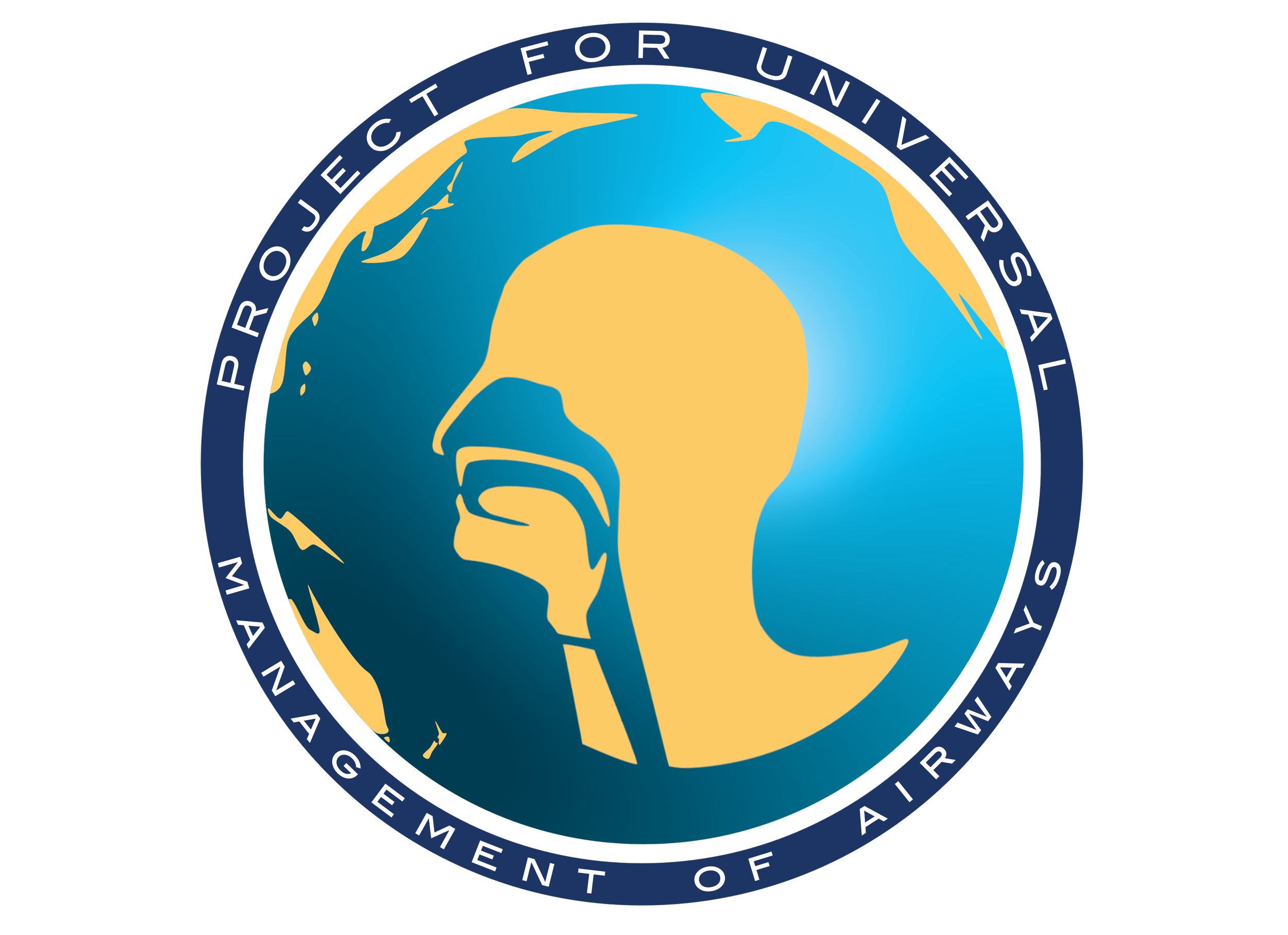The following are actual cases of unrecognised oesophageal intubation, the details of which are publicly available. These cases are provided to enhance airway practitioners’ understanding of how such events occur and the importance of adopting the strategies advocated to prevent them. The intent of highlighting these cases is to highlight common themes and foster appreciation of how any airway practitioner might become vulnerable to taking similar actions in situations of stress, not to invite criticism of the individuals involved. We extend our sympathy to the family and friends of the patients harmed in these tragic incidents.
Nevara Raheke
2017
Intubation following gunshot wound: the following is a summary of the findings of the news report available via the link at the left of the page.
Having suffered 2 gunshot wounds to his back, the 47 year old patient was intubated using a videolaryngoscope. Despite the anaesthetist and emergency physician both agreeing the view on the videolaryngoscope indicated that the tube was correctly placed, no carbon dioxide was detected with ventilation. A second monitor was used but carbon dioxide was still unable to be detected. A flexible bronchoscope revealed that the tube was placed in the oesophagus. The tube was subsequently removed and replaced correctly in the trachea but the patient had already been deprived of oxygen for 23 mins by this point. After 15 days in the intensive care unit without neurological improvement, treatment was withdrawn and the patient died.

